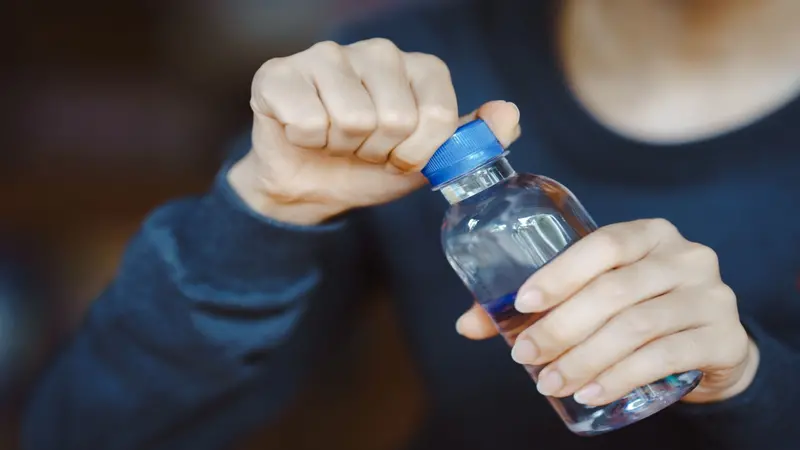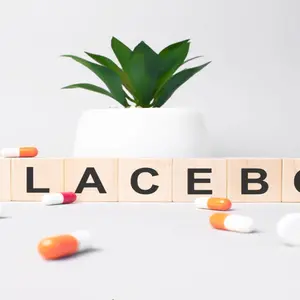
Conscious Eating
Conscious Eating
Drinking From Plastic Increases Microplastic Exposure
A growing body of research shows that every sip from a plastic water bottle may expose us to more than just water. A review in the Journal of Hazardous Materials highlights how tiny plastic particles (called microplastics or nanoplastics, depending on their size) can build up in the body and harm our health over time.
These invisible particles are released as plastics break down, especially with heat and repeated use. People who drink mostly bottled water may swallow up to 90,000 more plastic particles a year than those who drink tap water. These particles can enter the body through ingestion and inhalation, accumulating in organs and tissues.
The gut is especially vulnerable, where these plastic particles can trigger inflammation and disrupt normal digestion. Once in the bloodstream, they may affect multiple systems:
- The immune system can become overstimulated, leading to chronic inflammation.
- Endocrine-disrupting chemicals in the plastic such as phthalates can cause hormonal imbalances and reproductive issues.
- Neurotoxic effects may impair brain and nerve function.
- Accumulation in vital organs may lead to chromosomal damage and increased cancer risk.
The size of these particles determines their fate inside the body: those larger than 150 μm are unlikely to be absorbed, while smaller particles can pass into the lymphatic and circulatory systems. Nanoplastics under 100 nm can penetrate biological barriers, including the blood–brain and placental barriers, reaching multiple organs. Once inside, they interact with biological molecules and can trigger oxidative stress, immune responses, inflammation, and even DNA damage.
Research has linked exposure to these particles with metabolic disruption, respiratory disease, neurotoxicity, intestinal dysbiosis, reproductive harm, and cancer risk. Studies also show that nanoplastics can be internalized by human kidney and liver cells, disrupting cellular metabolism and function, underscoring their potential long-term health impacts. Microplastic exposure has also been linked to metabolic disorders like obesity, diabetes, and fatty liver disease, as well as infertility, chronic obstructive pulmonary disease (COPD), and other chronic conditions.
Researchers emphasize that testing methods are still inconsistent, leaving major gaps in understanding long-term impacts. To protect health and the environment, the authors urge stronger regulations on single-use plastics, better testing standards, and a shift toward reusable alternatives such as glass and metal drinking vessels.
REFERENCES
Sajedi, S., An, C., & Chen, Z. (2025). Unveiling the hidden chronic health risks of nano- and microplastics in single-use plastic water bottles: A review. Journal of Hazardous Materials, 495, 138948.


 By
By







